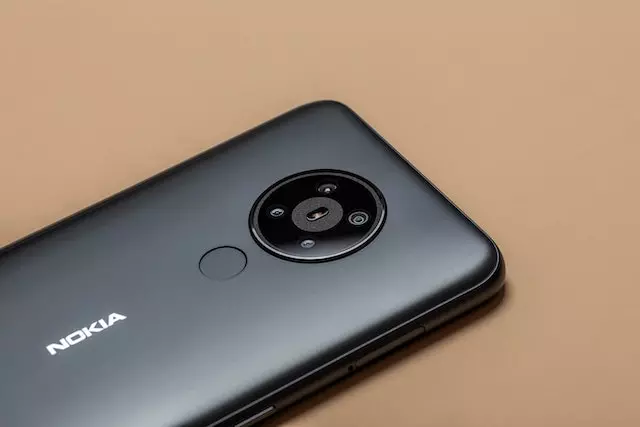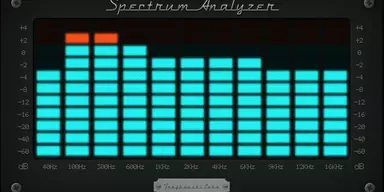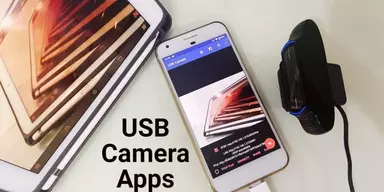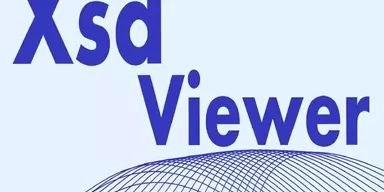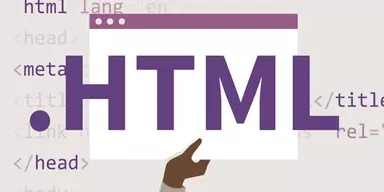Nokia unveiled its three new X series devices, all of which run on a modified version of the Android operating system aimed at the more affordable end of the smartphone market. Everyone was wondering how Nokia did it, and now we have videos and photographs to help us understand how they did it happen. Stephen Elop stressed at the speech that the X phones were not using Google’s services, but rather AOSP, Nokia, and Microsoft’s.
However, Nokia is playing a more intelligent game. Nokia claims that consumers in developing countries are interested in dual-SIM phones that allow them to sideload apps and media, have expandable storage, and have removable covers. Thus the X is laser-focused on satisfying those needs. Nokia abandoned Windows Phone in favor of Android because it could not do these functions.
In a nutshell, Nokia has managed to have its cake and eat it, too, with its product range aimed at first-time smartphone users. In addition to the standard Google material, Nokia included Microsoft and Nokia apps and services to entice customers into using them. Microsoft’s cloud service, rather than Google’s, is used for the X series.
Construction And Style: The Best-Looking Low-Cost Phones
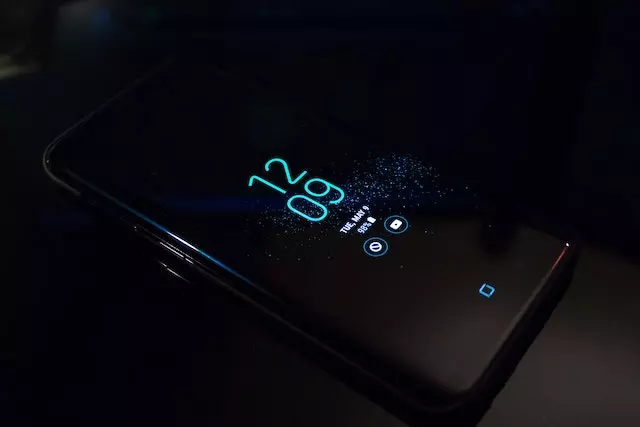
The X and XL are unparalleled in terms of design and construction. Bright colors practically radiate from the monocoque polycarbonate exteriors. The SIM card slots and microSD card expansion slots are concealed under covers that feel sturdy and are expertly polished.
They have the same reassuring weight as a high-end Lumia but lack some finer touches seen on other phones (such as micro-drilled holes or metal buttons). They’ve also become more angular, which is an improvement. They have a unique feel in hand, yet the sharpness isn’t unpleasant. They are the kind of phones that their owners may take pride in having.
Operating System: Part Android, Part Windows Phone
The Nokia X operates on a modified version of Android that has been highly skinned to resemble Windows Phone, although without as many aesthetically pleasing features. Those wiggle-y dots that represent progress that move across the screen? Nothing of the kind occurs, and the overall impression is a sluggish, simplistic experience. Nokia’s versions of the messaging, web browser and other standard Android apps are all present and correct in lieu of the originals.
The primary OS is Android 4.1.2 (Jelly Bean), which does not have many optimizations introduced in KitKat that significantly boost Android’s performance on underpowered hardware. It’s a pity because we’re convinced a new operating system will dramatically improve the X series’ performance.
Standard movements activate standard displays (including an app list reminiscent of WinPhone’s), although the single back button may take some time. You may instantly return to the home screen with a tap or a long push.
Nokia’s goal in releasing the X is to get you to switch from your current Google account to a Microsoft one. All applications will need to be somewhat modified to work on the X, and none of Google’s apps (Chrome, Maps, etc.) will be available. A risky Nokia’s Here Maps is an excellent alternative to Google Maps, and the Nokia Store is a better location to find software than Google Play.
When It Comes To Power, They Aren’t Exactly Showpieces
Due to its dual-core 1GHz Snapdragon CPU and 512MB of RAM, the X is underpowered. As you jerk the Android device around, it lurches from side to side due to the heavy skin. Simple games like Danger Dash take forever to load. Nokia is too savvy to release a horror show, so it’s not terrible, but we’re used to something more polished.
The X+ and XL are a different kettle of fish, with improved specs (768MB RAM) and a much more fluid user experience (albeit apps still take a minute to launch). They all feel somewhat slow compared to other Android phones in the same price range, such as the Moto G.
Photography Fails To Zero In On Anything
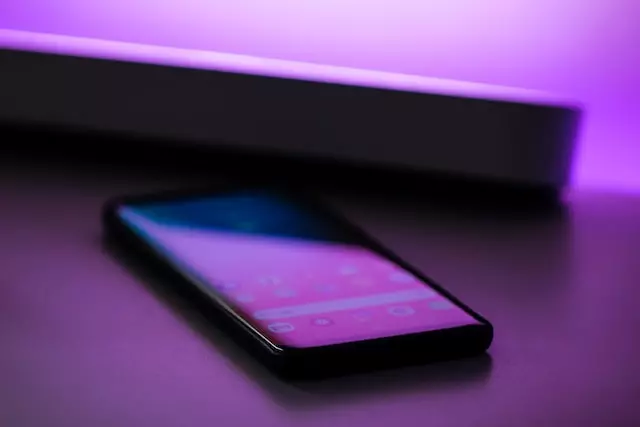
In a twist, the X and X+ feature what most contemporary phones would unwillingly accept as a front-facing camera on their backs. It’s a 3MP device with a fixed focus (no UltraPixel technology), and it comes with an app that’s just as stripped down. The camera couldn’t be tried out because of the low lighting.
The XL’s specs are more up-to-date, with a 5MP hindmost camera and a 2MP front camera. The back camera was quick to focus and take pictures, and given Nokia’s reputation for quality imaging, it’s likely to perform a respectable job considering the phone’s affordable price tag.
Initial Opinion
Prices for the X, X+, and XL all fall below €100, making them attractive buys nearly independent of their performance. No other budget gadget comes close to matching their quality and design.
Doubt two is that Nokia is picky about which Android apps will run on its devices. Putting up roadblocks to obtaining apps seems counterproductive, given that they are a significant selling point for Android handsets versus Windows Phone ones.
The second is the fierce competition from products that aren’t much more costly, such as the Motorola Moto G, which offers the superphone-level capability for less than £100 on PAYG. While they’re stuck watching the London Olympics on their less-attractive Xs, they can at least use a Moto G that feels like it was made in 2014.
Yes, the X line isn’t marketed for techies who care just about specifications (in fact, none have been confirmed for sale in Western Europe). Nonetheless, regardless of whether their market is still developing or has fully blossomed, we can’t help but feel that a handset like the Moto G would provide more excellent value for smartphone beginners than the X.

